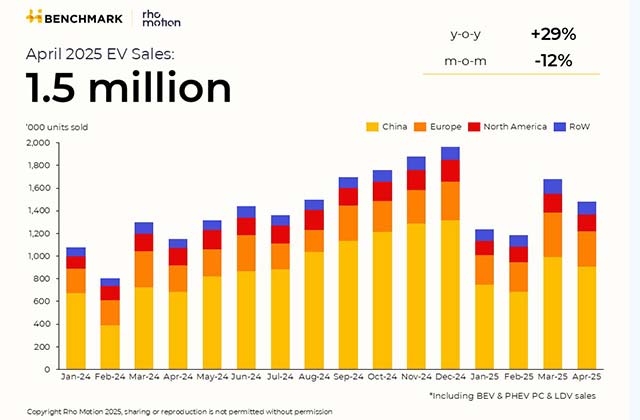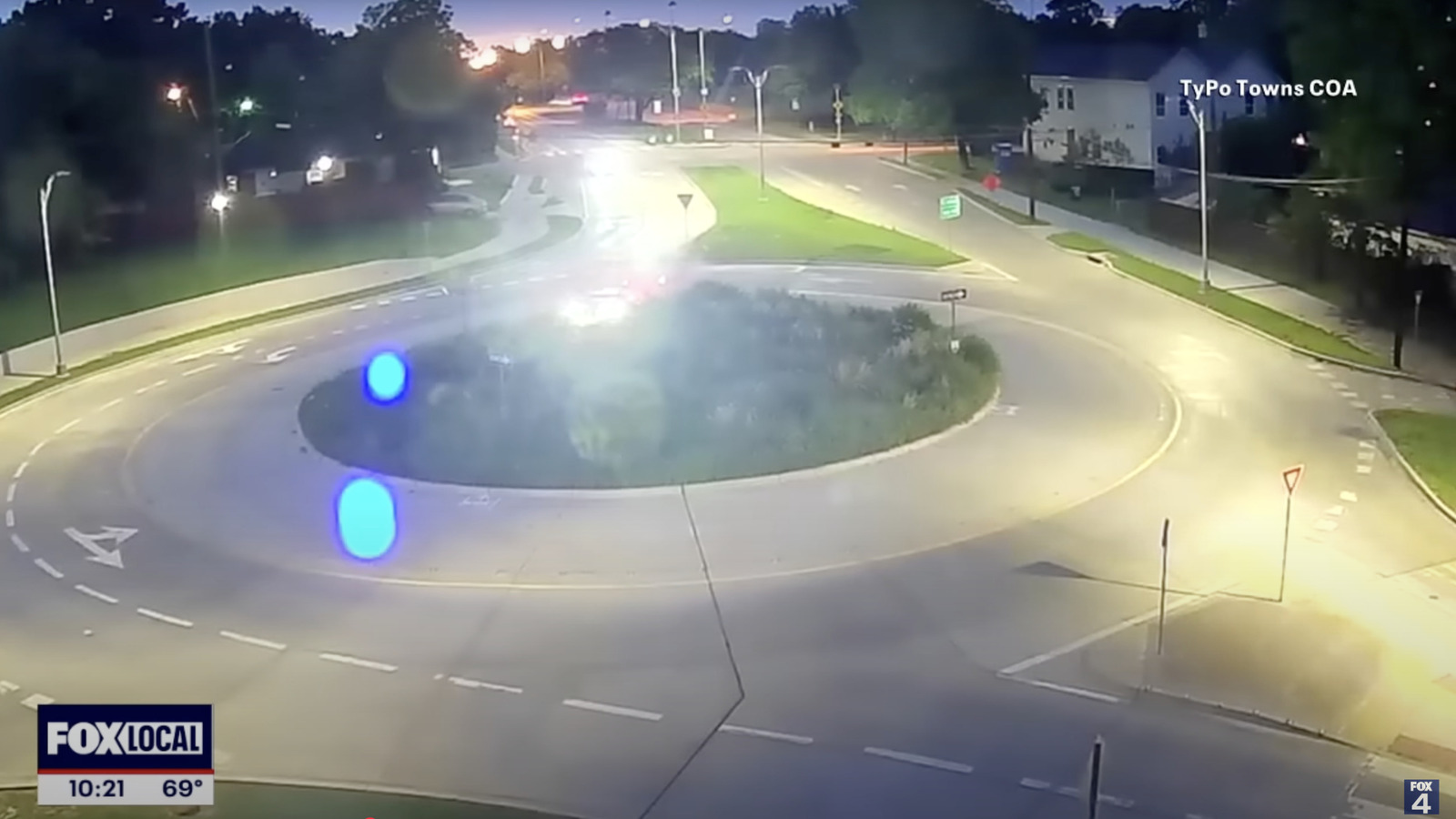Is English proficiency enforcement the right focus for safer roads?
Critics of the reinstatement of English language proficiency out-of-service violations argue that the directive is more political than practical and risks diverting attention from more pressing safety issues on U.S. highways. The post Is English proficiency enforcement the right focus for safer roads? appeared first on FreightWaves.

In a controversial return to past policy, the Trump administration and Secretary of Transportation Sean Duffy have reestablished lack of English language proficiency (ELP) as an out-of-service (OOS) violation for commercial drivers.
“My Administration will enforce the law to protect the safety of American truckers, drivers, passengers, and others, including by upholding the safety enforcement regulations that ensure that anyone behind the wheel of a commercial vehicle is properly qualified and proficient in our national language, English,” said the executive order.
The move reverses a 2016 decision by the Federal Motor Carrier Safety Administration and a 2014 vote by the Commercial Vehicle Safety Alliance (CVSA), which had removed ELP from the list of OOS offenses due to a lack of evidence linking limited English skills to highway safety.
The 2016 FMCSA decision provided enforcement officers with discretion, enabling them to assess the severity of the violation and determine the appropriate response. As a result, drivers with limited English proficiency could continue operating their vehicles, provided the violation did not pose an immediate safety risk. This policy aimed to balance regulatory compliance with practical considerations, especially in regions with significant populations of non-native English-speaking drivers.
The original removal was supported by studies from both the FMCSA and the National Transportation Safety Board, which failed to demonstrate a strong causal connection between English deficiencies and crash risk. Critics of the reinstatement argue that this new directive is more political than practical and risks diverting attention from more pressing safety issues on American highways.
So, what does the data really say? And is language proficiency the right battle to fight if the goal is safer roads?
The data behind ELP violations
According to a recent analysis by FTR Intelligence and data provided by Carrier Details, over the past two years, approximately 15,134 ELP violations have been recorded in the FMCSA’s database, impacting an estimated 13,000 unique vehicles based on VIN data. Broken down by state license plates, trucks registered in Texas accounted for 16% of all violations. California followed with 9.8% of the total, and Illinois, New Jersey, and Florida each hovered around 7.5%.
Interestingly, trucks with Mexican license plates represented only 3.4% of violations, though this figure is somewhat misleading. Carriers based in border towns like Laredo, Texas, home to the largest U.S. trucking port of entry, accounted for nearly 13% of all ELP violations. The top seven ELP-offending carriers were all based in Laredo, further highlighting the region’s concentration of such violations.
Enforcement patterns also showed inconsistencies across the country. Pennsylvania issued the most ELP citations, followed by Arizona, Tennessee, New York and Kansas. Federal border inspection ranked sixth, while Wyoming — the least populous state — surprisingly ranked eighth.

Looking back further, ELP enforcement has seen a steep decline since the early 2010s. In 2013, inspectors cited approximately 83,000 ELP violations, 3,700 of which led to OOS orders. In 2014, the final year before CVSA dropped ELP as an OOS violation, over 100,000 violations were reported, with more than 3,900 of them resulting in OOS orders.
However, by 2018 and 2019, inspectors were citing the ELP standard only about 9,000 times annually. That figure dropped further to about 7,500 citations by 2024. This decline likely resulted from the FMCSA’s 2016 guidance, which allowed inspectors to accept alternative compliance aids such as cue cards, smartphone translation apps and interpreters, tools that may be discouraged or prohibited under the new directive.
Approximately 40% of these ELP-violating carriers are intrastate operators, limiting the national freight market impact. Additionally, it remains unclear whether language barriers directly contributed to those crashes or if they are correlated with other factors such as poor compliance practices or lack of regulatory awareness.
Where safety risks lie
To understand what truly causes unsafe highways, one must look beyond language.
The most recent FMCSA safety study identified the most common driver-related out-of-service violations. Hours-of-service (HOS) violations ranked highest, with fatigued driving remaining a critical issue. Drivers exceeding maximum drive time or failing to maintain accurate logs are frequently flagged. False logs and failure to maintain logs also continue to be significant safety and compliance problems, often tied to external pressures from carriers or shippers. Driver qualification issues, including expired CDLs, lapsed medical certifications or disqualified drivers operating commercial vehicles, are also prominent. Drug and alcohol violations, particularly post-accident or random testing results, reveal a troubling pattern of impaired driving.
RELATED: Federal law designed to make trucking safer may have aggravated worst issues
In the American Transportation Research Institute’s (ATRI) 2022 Crash Predictor report, an analysis of over 583,005 drivers, the same unsafe-driving violations were found to yield high likelihoods of future crashes. Reckless driving violations top the list, increasing crash likelihood by 114%. Close behind are convictions for failure to signal or improper signaling, which raise crash risk by 89%, and a prior crash history, which correlates with an 88% higher chance of future incidents. Violations for failure to yield the right of way follow at 85%, while improper or erratic lane changes round out the list with a 79% increased likelihood of a future crash.
These findings reinforce that high-risk driving behaviors, not peripheral compliance issues like English proficiency, are the most reliable indicators of future safety outcomes on the road.
FMCSA and CVSA: What they’re really focused on
Rather than pouring resources into ELP enforcement, the FMCSA and CVSA have been pushing several more impactful safety measures in recent years. One major initiative is the expansion of the Drug & Alcohol Clearinghouse, which has become a powerful tool for identifying impaired drivers. In 2024 alone, over 62,000 violations were reported, most commonly for marijuana and cocaine use.
The FMCSA has also focused heavily on electronic logging devices. The ongoing push for ELD compliance aims to address hours-of-service violations and reduce driver fatigue. The latest efforts ensure ELDs are tamper-proof and accurately maintained.
Is ELP enforcement the best path forward?
While it’s clear that English proficiency violations correlate with a higher crash rate, causation remains murky. Much of the concern from state inspectors and federal investigators centers on misunderstandings of regulatory requirements rather than driving ability itself.
According to a NTSB report, “Investigators stated that their major concern was that owners and operators with limited or no English language skills often violated regulations due to a lack of knowledge of the regulatory requirements. The investigators stated that a large part of their focus during compliance reviews of such carriers was educating them about regulatory requirements.”
The same report noted that while carriers still had ELP concerns,“compliance rates were higher among carriers that had been in business for a longer time and had received prior interventions from the FMCSA or state enforcement personnel.”
These logistical frustrations, while legitimate, are arguably better addressed through education, multilingual access services and supportive technology addressed in the 2016 precedent of the ELP out-of-service notice.
By focusing too heavily on ELP, the FMCSA risks sidelining more impactful safety concerns. Revoking translation tools and issuing OOS orders to drivers without a proven link to crash risk may reduce trust in enforcement and create unnecessary operational hurdles.
A misguided focus in the name of safety?
Reinstating English language proficiency as an out-of-service violation may satisfy calls for stricter compliance, but the data suggests it’s a distraction from far more pressing safety challenges.
The FMCSA and CVSA are tackling a full slate of safety issues, including impaired driving, falsified logs and outdated driver qualifications, each requiring consistent, nationwide enforcement. Compounding the challenge, the FMCSA reports that 94% of its 793,577 regulated carriers lack a safety rating, underscoring the urgent need to expand compliance reviews across the industry.
The data appears to show that addressing language barriers, which are certainly relevant to some compliance scenarios, is less vital to enhancing highway safety than some other approaches.
Cyberthreats surge against US logistics infrastructure
Aurora goes driverless with partners Uber Freight, Hirschbach
20 company reactions — good and bad — to Trump’s tariff war
The post Is English proficiency enforcement the right focus for safer roads? appeared first on FreightWaves.
























































































































































